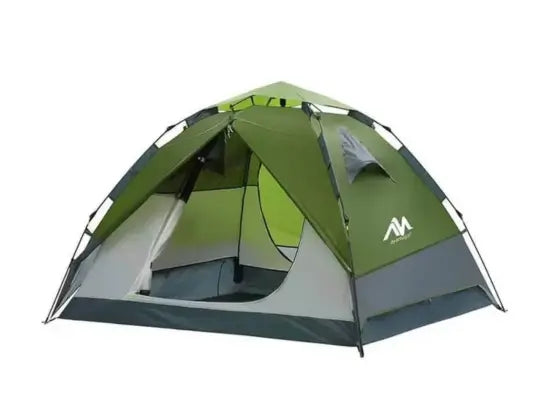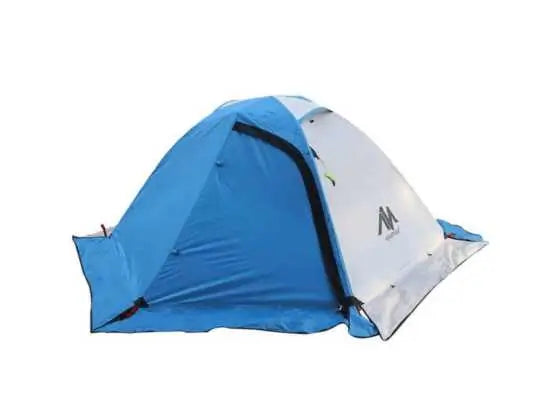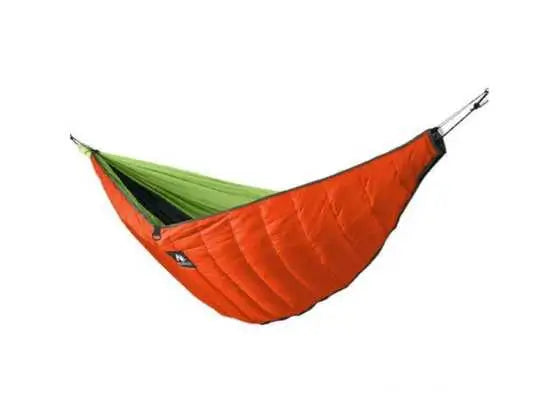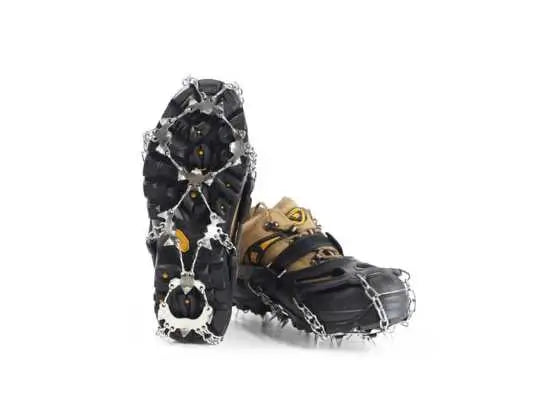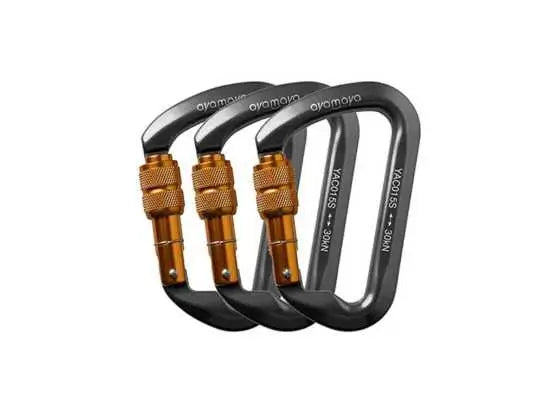History of Modern Tents
Tents have various materials, capabilities, and features in today's world. In the past, people had used animal skins and wood. Animal skins held up to the elements blocking wind, were waterproof, and acted as four season camping tents. People would have their ways of waterproof treatment, such as covering the skins in animal fat. People had different configurations in other parts of the world to fit their lifestyles, from yurts to tipis. Even canvas tents can date their history back hundreds of years. In the 1930s, the Dupont companies had organic chemists as a part of their research and development. Eventually, they would develop nylon, and it was an instant hit getting its start in retail clothing. And as World War II came along, the military used nylon. Though nylon is water resistant, it is not completely waterproof.
Current Anatomy
The camping tent has different setups but is all meant to protect from the elements. Backcountry and front country tents have the current anatomy of a rainfly and an inner layer. As the inner layer, some tents have a bathtub floor, which protects from groundwater runoff. It gets its name from the stitching being higher up. The idea is that a lower stitch could cause a leak at the ground level, thus leaving your tent wet. The floor is also one of the more waterproof points in your tent. And generally, the more waterproof or water-resistant, the heavier the material, which is why the entire tent is not made up of the bathtub floor material.
The rainfly also is an added layer of protection in your shelters for camping. This is where a camping tent will receive the bulk of water. With guy out points, this usually adds to the angle at which rain hits your tent, making it easier for it to roll off. The guy points out that it also adds to the breathability of your tent so that inner condensation does not occur. A second benefit of the guy out points in cohesion with the vestibule is that they can form a proper vestibule space for your gear or act as a porch.
The configuration of the vestibule is crucial to adding to the waterproof capabilities of your shelters for camping. For example, unzipped tents can cause water to fall inwards to the inner layer door. Even some four season tents are guilty of this occurrence. Some tents are designed with a particular stake-down point in the vestibule and guy-out points to ensure water does not fall into the vestibule space when entering or exiting the tent. The top of a tent is also a crucial point. If too flat, water can pool up on the top. And if a rainfly has not vented, the inner shell may be in for some condensation.
Finally, some tents also have a footprint. The footprint or ground tarp adds another layer of protection against sharp rocks and rough ground. It also lets you put your tent down without getting it wet if you have a hole in it.

Materials and Coatings
Many different materials and coatings are used today and have specific applications. In terms of materials, tents began with nylon. Some of its characteristics are that it is high strength, light, breathable, stretchy, waterproof, and abrasion resistant. And nylon is still prevalent today, but it is able to be much thinner and more robust than in the past. Materials now are made with certain denier qualities. Denier refers to the thread size in the weave into which the nylon fabric is made. Ripstop is the specific weave to add strength to materials. The higher the denier, the higher the weight and protective properties.
The following common material tent manufacturers use is polyester. There are many discussions of polyester or nylon, which is better. Polyester is a more waterproof material than nylon, but it is also heavier. And each has its benefits when it comes to nylon vs. polyester fabric. Polyester has characteristics of being UV resistant, waterproof, stable, less stretchy, and more affordable. Many four season camping tents are made with polyester because of the added protection it provides. An Oxford fabric is meant to be the ultimate waterproofing for a tent and is also polyester.
Dyneema is another lightweight synthetic material. It is laminated material made to be layered that has high abrasion resistance. It can also be added to other materials and combined with nylon. Some characteristics are ultra-lightweight, strong, water-resistant, and abrasion resistant. This is the ultimate product for mountaineering, from ropes to clothing and shelter.

Coatings
Some coatings are designed to increase the waterproofness of a tent, while some fabrics are designed to provide breathability. Breathable materials allow moisture to escape from the inside of the tent, while waterproof fabrics allow no water to penetrate from the outside. There are also coatings used to increase the UV protection of the tent and can help prevent dirt and other elements from sticking to the tent aside from sun rays.
One of the most common coatings is p/u. P/u means polyurethane and is the coating material that goes on the fabric of tents. There is also a certain amount of coatings tents provide, some tents provide 1500mm of coating, and others offer 2000mm. This adds to the weight but makes up for it in waterproof capabilities. Some tents are even a combination of silicone coated and p/u, meaning the materials work together to use the best of both worlds of each material.
The final waterproofing a tent can have is to make sure the seams are covered. Glues are used to seal the threaded seams, and there are heat-sealed seams. Each is a different process, and some can be done by hand. Heat is used to form a sealant coating to melt onto the threads. The glue needs to cure and needs to be serviced periodically. And a taped seam also needs to be serviced as well. This is only after a tent has been used for an extended period.
Bottom Line
Ultimately, elements ensure a comfortable and dry camping experience. The waterproofness of a tent is determined by several factors, including the type and quality of materials used, the design and construction of the tent, and the waterproofing treatments applied to the tent's fabrics and seams. It is essential to choose a tent made from high-quality, waterproof materials with a well-designed, sturdy construction to withstand heavy rain and wind. Additionally, regular maintenance, such as reapplying waterproofing treatments, can help prolong your tent's life and waterproofness. By considering these factors, you can ensure that you select a waterproof tent that will keep you dry and comfortable on all your camping adventures.

